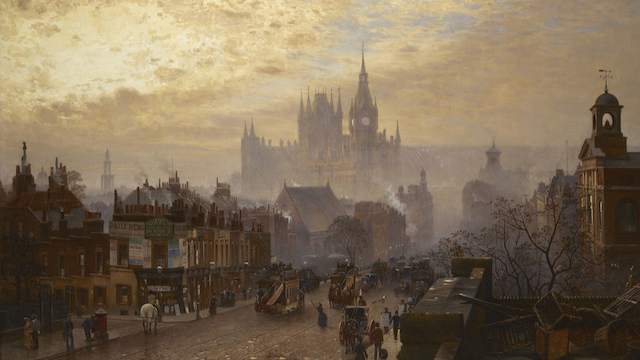February 17, 1888: On this date, the Reverend Monsignor Ronald A Knox, one of the most eminent original Sherlockian scholars, was born. Although he was ordained as an Anglican priest in 1912, he converted to Catholicism, becoming a Roman Catholic priest in 1918, later a Monsignor. He is best known for writing the paper Studies in the Literature of Sherlock Holmes.

If there is anything pleasant in life, it is doing what we aren’t meant to do. If there is anything pleasant in criticism, it is finding out what we aren’t meant to find out. It is the method by which we treat as significant what the author did not mean to be significant, by which we single out as essential what the author regarded as incidental. […] There is, however, a special fascination in applying this method to Sherlock Holmes, because it is, in a sense, Holmes’s own method. ‘It has long been an axiom of mine,’ he says, ‘that the little things are infinitely the most important.’ It might be the motto of his life’s work.
This paper has generated years of Sherlockian studies. It was presented to the Gryphon Club in 1911, published in The Blue Book Magazine in 1912, and republished a number of times, including in Knox’s Essays in Satire in 1928. [The link above will take you to a PDF file of the paper in Blackfriars v1 n3 (June 1920), hosted at the University of Minnesota. -Selena Buttons]
In a response to the paper, Sir Arthur Conan Doyle wrote that “Holmes changed entirely as the stories went on” but that “Watson never for one instant as chorus and chronicler transcends his own limitations. Never once does a flash of wit or wisdom come from him. All is remorsely eliminated so that he may be Watson.” [A frankly absurd assertion! -Selena Buttons]
My source for the information on Knox’s birthdate comes from A Curious Collection of Dates by Leah Guinn (“Amber”) and Jaime N Mahoney (“Tressa”). [Additional information about the presentation and publication of “Studies of the Literature of Sherlock Holmes” and Dr Doyle’s response comes from The Ronald Knox Society of North America. -Selena Buttons]
(This post originally appeared on February 17, 2017.)
